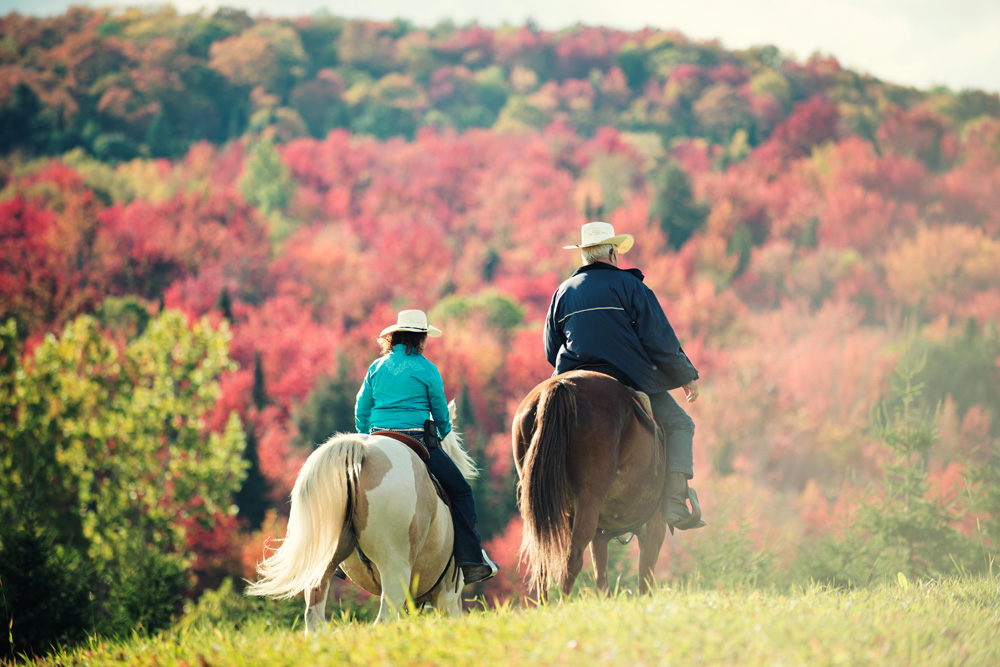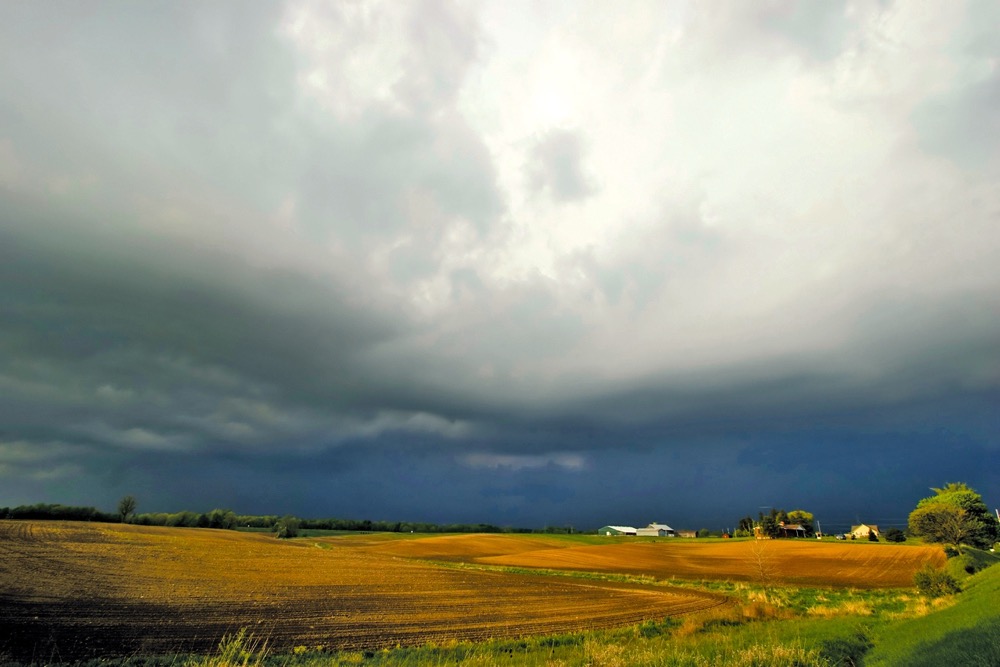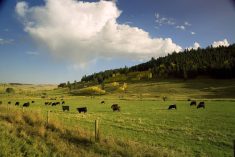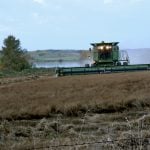In the complex world of ranch succession, unexpected yet common realities can disrupt the most meticulously planned transitions. It’s a safe assumption that all of us have known someone affected by mental or physical impairment, such as disease, dementia or addiction. However, when one of these realities occurs on a working family ranch, it can bring the operation to its knees.
Illness can strike without warning. Addiction can consume a successor. Dementia can slowly erode the capabilities of a patriarch or matriarch. These are not merely hypothetical scenarios but real challenges that ranch families face. What’s more, it can complicate an already complex generational transfer with a maze of medical, legal and emotional obstacles.
If disease, dementia or addiction affects a ranch, a typical response can be to retreat into judgment, to label or to categorize the problem away. However, a much more strategic and compassionate approach is needed to ensure a ranch (and relationships) survive.
Read Also
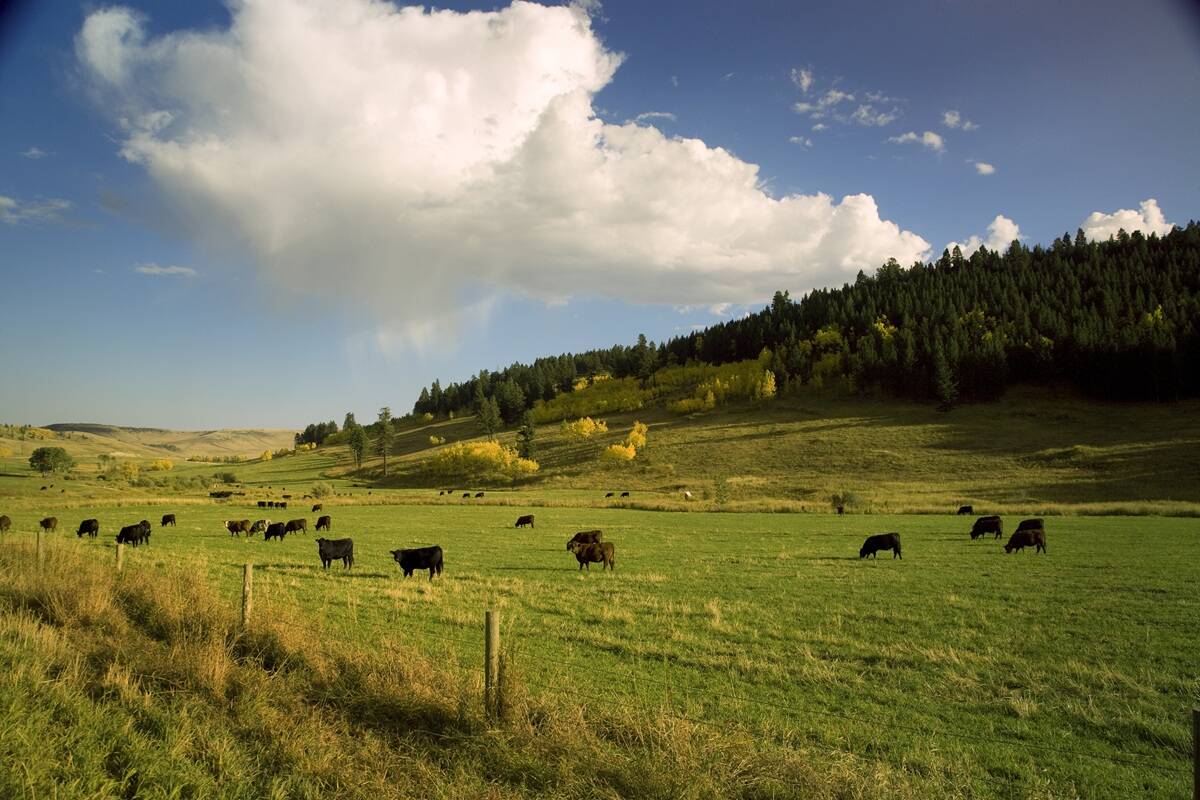
Are you a competitive supplier of weaned beef calves?
Beef farmers and ranchers need to strategically manage costs to achieve and maintain profitability.
The aim is not to control but to protect the struggling individual and the family business — a legacy built on generations of hard work and dreams. This is the delicate art of preparing for the unexpected in ranch succession planning.
Avoid assumptions and labels
The first and most critical step is to resist the temptation of labelling. Ranch families often fall into the trap of quickly categorizing a family member’s struggles — “he’s an alcoholic” or “she’s bipolar” — without understanding the deeper complexities of their situation.
Succession planning expert Annessa Good-Hassard cautions against this approach. “We have to be very cognizant that we’re not labelling friends and family with this language.”
The key is to move from judgment to understanding and from assumptions to formal evaluation. This means asking critical questions: Has the issue been professionally diagnosed? Has the individual received appropriate treatment? These are not simple yes or no questions but nuanced explorations that deserve both empathy and professional insight.
Good-Hassard emphasizes a shift from trying to manage the situation to truly understanding it. This might involve consulting medical professionals, addiction specialists or mental health experts who can provide compassionate guidance.
For ranch families, this approach requires a fundamental reimagining of how they view challenges. Instead of seeing a problem to be eliminated, they must learn to see an opportunity for support, healing and collaborative problem-solving that preserves both the individual and the family legacy.
Protect the business and individual
In farm and ranch succession planning, families face a delicate balancing act: protecting both the struggling individual and the long-term viability of the operation. This two-fold mandate needs a strategic approach beyond simple problem-solving.
“How do we protect this individual, and how do we protect the rest of the family and employees?” asks Good-Hassard. The answer lies in having carefully structured legal and financial strategies that provide support and mitigate potential risks.
Some protection strategies include restructuring ownership to limit liability, creating specialized trusts that protect both the individual’s interests and the ranch’s assets and comprehensive insurance coverage that addresses potential scenarios. For example, ranch families could explore disability insurance, long-term care policies, or specialized agreements providing financial protection for the individual and the business.
Work with professionals
When navigating a scenario such as a debilitating disease, dementia or addiction, working with a specialized team becomes crucial. This team might include a lawyer with expertise in disabilities and another in agricultural succession; financial planners who understand the unique dynamics of ranch operations; and insurance professionals who can craft situation-specific coverage plans. The key is creating flexible structures that can adapt to changing circumstances.
Prioritize short-term plans
When unexpected challenges arise, ranch families often become paralyzed by potential long-term scenarios. Good-Hassard suggests focusing on immediate, manageable priorities that provide immediate stability and breathing room.
“Instead of getting overwhelmed by long-term ‘what-ifs,’ start by addressing the immediate needs.”
This might mean identifying who will cover critical labour during a health crisis — who can handle calving season if a key family member is incapacitated? What temporary management strategies can ensure the ranch continues to operate?
Short-term contingency planning is about creating a safety net that prevents operational collapse. This could involve cross-training family members, establishing backup labour agreements with neighbours, or creating flexible work arrangements that quickly adapt to unexpected challenges. The beauty of this approach is that it buys valuable time.
Families create space to develop more comprehensive long-term strategies by stabilizing immediate operational needs. It transforms a potential crisis from an overwhelming challenge into a manageable situation.
“We have to just focus on one calving season, not the entire future.”
This approach allows families to maintain both their operational integrity and their emotional resilience during difficult times.
Long-term succession planning
Ranch succession planning is not a one-time event but an ongoing conversation that must evolve with the family’s changing landscape.
“We have to stop writing wills today that are going to be read when we’re 99, decades from now,” Good-Hassard says.
Instead, families need living, breathing plans that can evolve with the family’s needs while protecting both individual and collective interests. This means regular, intentional reviews of the succession strategy. Families should approach their plan as a dynamic document, updating it every three to five years to reflect changing family dynamics, operational challenges and individual circumstances.
Good-Hassard recommends creating a plan that’s flexible enough to accommodate unexpected developments while maintaining the core vision of preserving the family legacy. Ideally, this process must involve the entire family. It’s not just about the current generation of owners but about creating a collaborative approach that considers the perspectives of all family members — from the senior generation to the youngest cousins who may one day inherit the ranch.
The goal is to create a succession plan that feels like a shared vision rather than an imposed directive. This might involve annual family meetings, transparent discussions about expectations and a commitment to ongoing communication.
Communicate with the team
Clear policies and agreements provide a framework for navigating the most challenging family dynamics. These aren’t rigid rules but flexible guidelines that should aim to create shared understanding.
Good-Hassard emphasizes the need for families to develop agreements that address roles, responsibilities and potential scenarios — from management transitions to handling unexpected personal challenges. The goal is to create a sense of shared ownership that goes beyond legal documents. So, having difficult but necessary conversations around expectations, compensation and future vision is pivotal. After all, as Good-Hassard reminded us in part one of this series, “Unspoken expectations are the silent killers of family farms.”
Vulnerability from all family members is necessary — the willingness to discuss not just the business but the deeply personal aspects of family and legacy planning. Good-Hassard says the senior generation plays a crucial role in initiating these conversations and setting the tone for collaborative problem-solving.
Ultimately, successful succession planning is about more than protecting assets. It’s about preserving relationships, honouring family legacy and sharing the commitment to the ranch’s future.
Preserving the legacy
Ranch life is filled with ups and downs, and surviving unpredictability has always hinged on the ability to adapt. It’s both a skill and a survival mechanism. The most resilient families do not attempt to avoid unexpected challenges but learn to navigate them.
The lessons learned from succession planning expert Good-Hassard are clear: protection is not about control but about creating flexible, compassionate strategies that safeguard and protect both individuals and the family legacy.
Each challenge presents an opportunity to strengthen family bonds, refine operational approaches and show the resilience that has defined ranching in our country for generations. This approach requires more than just legal documents and financial planning. It demands a holistic view that recognizes the importance of the family legacy — a living entity that extends far beyond acres of land and herds of cattle.
For ranch families facing the unexpected, the path forward is not about perfection but being proactive.
“Be proactive. I would say that’s the biggest thing our generation can do… it’s not personal when we’re proactive, but when we’re reacting, it becomes personal,” says Good-Hassard.
It’s about building a support system that can weather life’s storms. Try to lead with empathy and creativity. Focus on your business, the people involved in it and this legacy we’re lucky to have.

